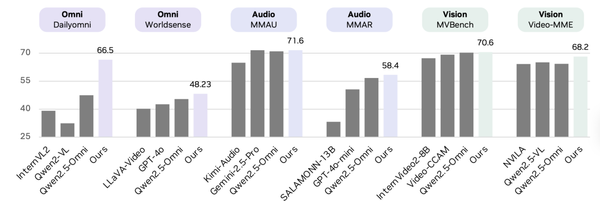GPT 5.1 Public Beta in Disguise, Free to Use, Joins Year-End Update Battle
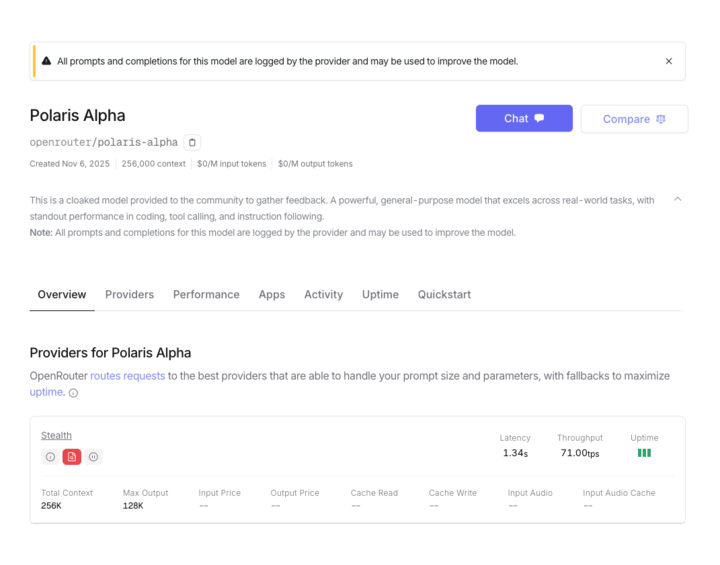
Gemini 3 Still Missing, GPT 5.1 Already on the Way
On November 7th, the OpenRouter platform quietly launched a new, hidden model.
Sharp-eyed and quick-acting users believe this is actually GPT 5.1 in disguise — for now nicknamed Polaris Alpha.

Model Overview
- Access: API (including via OpenRouter)
- Knowledge cutoff: October 2024
- Inference mode: Not supported
- Max context length: 256K
- Max single output: 128K
The developer’s identity remains undisclosed, but persistent “jailbreak” attempts by the community have hinted at its possible GPT origins.

▲ Source: X user @LarryAtherton1
> ⚠ This is not confirmed proof — many models can output proprietary-like content simply from training data.
> Without explicit system prompts or repeated fine-tuning, models may not “know” their own identity.
No official announcement has been made, so we’ll just call it Polaris for now. APPSO conducted a quick trial via API — audio handling is currently limited, but performance hints at high expectations for GPT 5.1.
---
Desk Work: Smooth, as Always
Formal Email Writing
Our first test: a formal apology email to a guest about rescheduling an event.
Tone requested: apologetic yet warm.

Result:
- Complete: fully addressed context and required details
- Clear flow
- Natural tone — not overly “robotic”
Interestingly, with Search mode enabled, Polaris pulled examples from varied sources — including Taobao Baike — showing a rapidly expanding data reach into niche domains.
---
Social Media Copywriting
Prompt: Something “internet-savvy” for viral spread on Xiaohongshu.

Output:
- Three distinct styles
- Included execution plans
- Wording patterns strongly reminiscent of GPT family
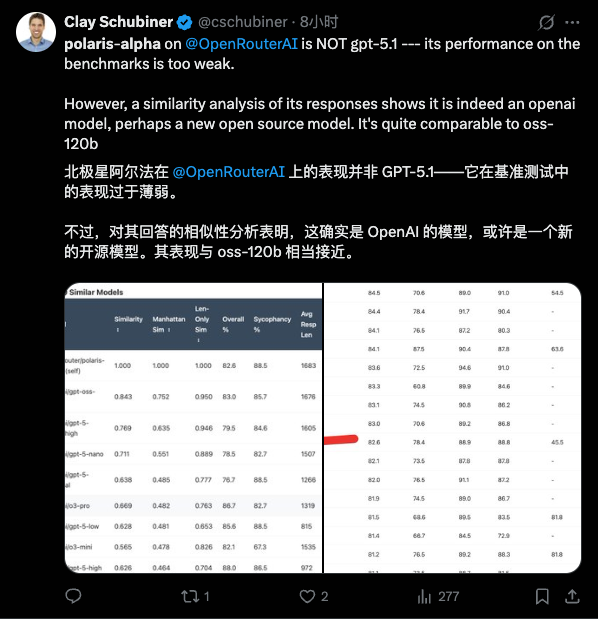
Writing style is still critical for LLMs, as desk work remains the most frequent usage.
By 2026, content with an obvious “AI taste” will be unacceptable.
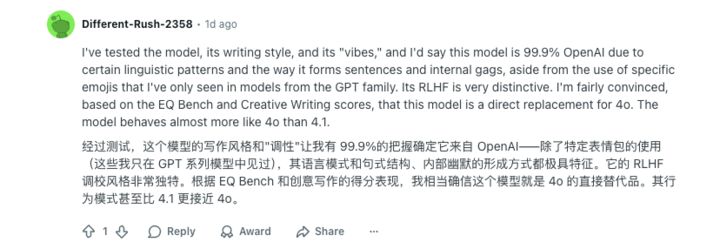
A key challenge: can GPT 5.1 adapt its tone to the user’s rhythm and quickly personalize responses? After the demand to restore GPT‑4o’s style, OpenAI likely wants to avoid repeating past mistakes.
---
Handling Large Text Inputs
Since audio isn’t supported directly, we tested with a podcast transcript:
Goals:
- Extract key points
- Tweak colloquial language
- Create a multi-level thematic outline
- Preserve timestamps
Capabilities:
- Input: >10K characters per submission
- OpenRouter memory: limited to 8 windows — ultra-long input may affect stability
- Self-correction: fabricated timestamps in 1st attempt, corrected itself in 2nd
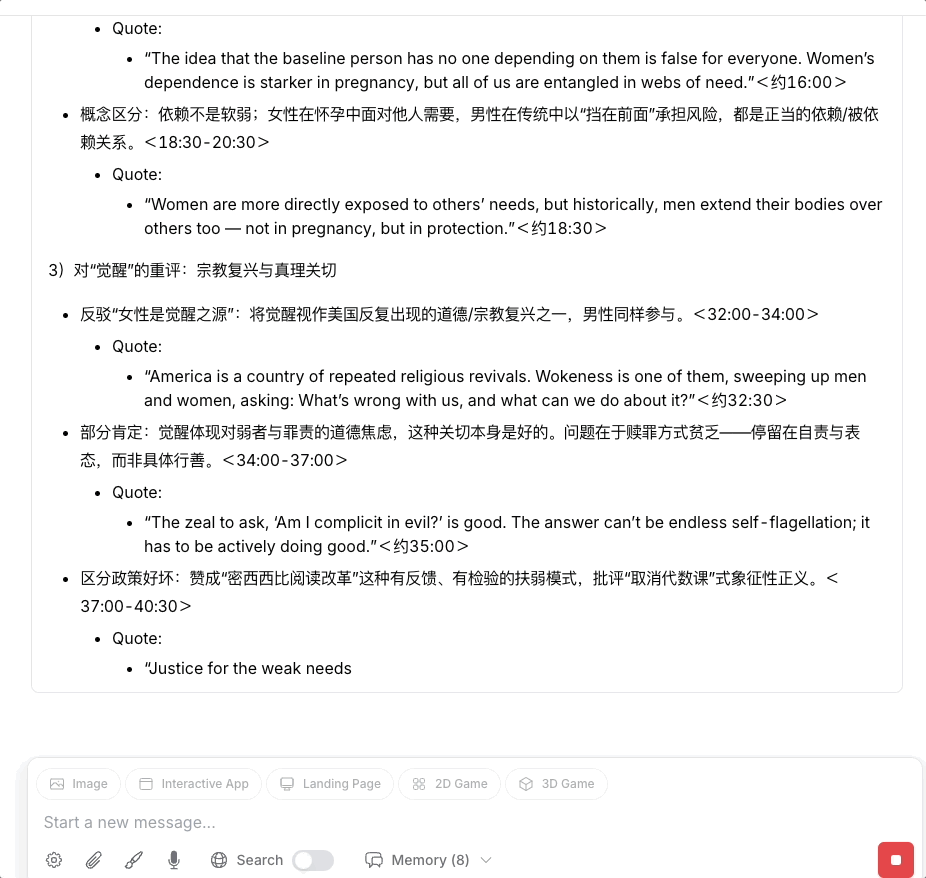
From reports:
- GPT 5 token capacity ≈ 600K–800K before hitting limits
- Ultra-long context → higher scheduling and stability risks
Key Challenge for GPT 5.1
Maintain fluid, accurate memory management while expanding context windows.
This is a critical UX factor in the very first seconds of interaction.
---
Creators & Monetization Opportunity
Platforms like AiToEarn 官网 offer open-source tools for creators to:
- Generate with AI
- Auto-publish to Douyin, Kwai, WeChat, Bilibili, Rednote, Facebook, Instagram, LinkedIn, Threads, YouTube, Pinterest, X (Twitter)
- Track performance with AI模型排名
For early testers of models like Polaris and GPT 5.1, AiToEarn makes multi-platform reach and income generation simpler.
---
Programming: Super Easy, Super Smooth
OpenRouter supports basic programming previews.
I tested Polaris by asking for small games.
Game Coding Test
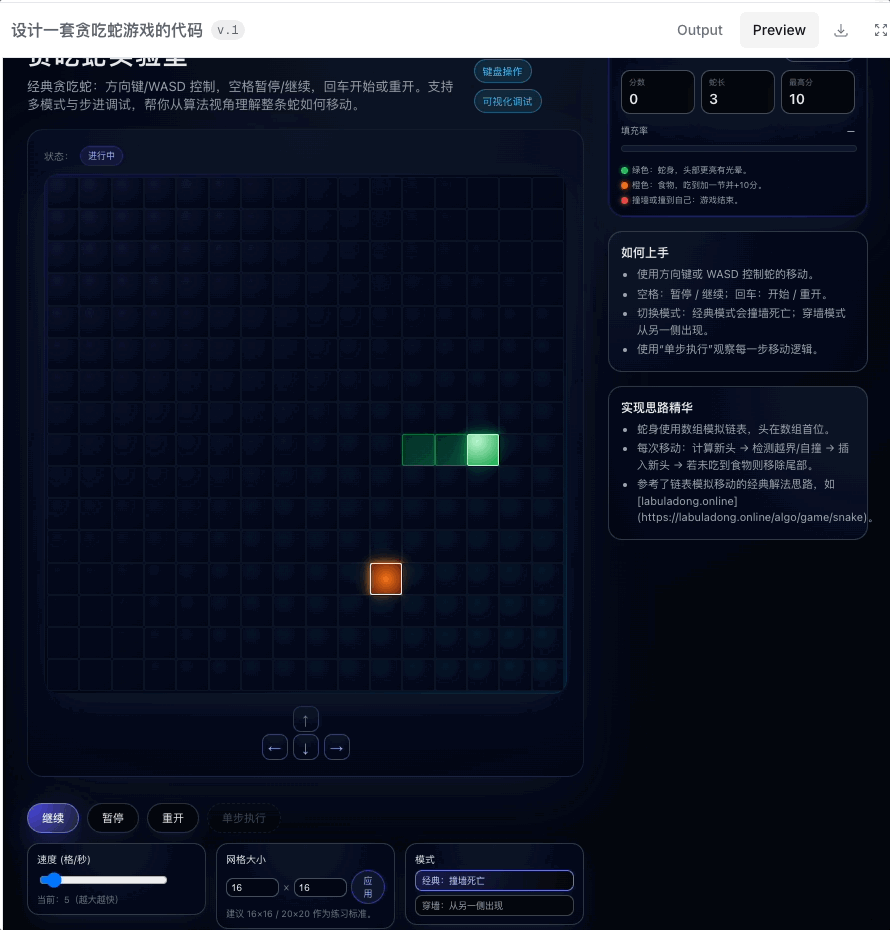
- Generation time: ~5 minutes
- Simple prompt: “design a snake game code” produced a playable game
- Provided multiple modes/settings
- Successfully created whack-a-mole game
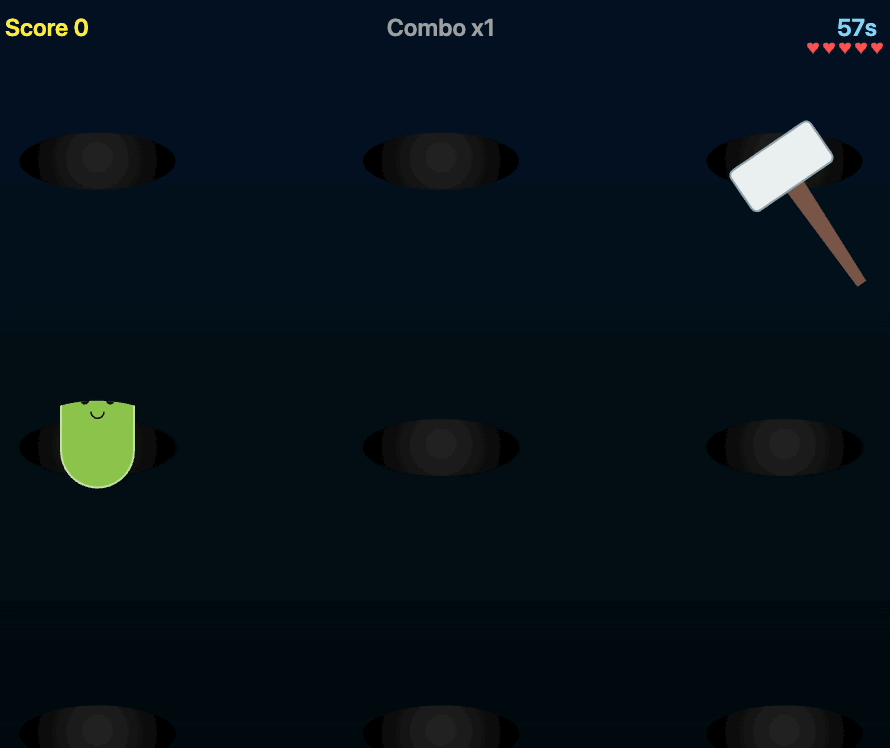
---
Web Design Test
Using the coffee shop copy generated earlier:

- Analyzed copy thoroughly
- Added extra visual details
- Produced clean event landing page
- Signature design: glowing button style (seen in other users’ tests)
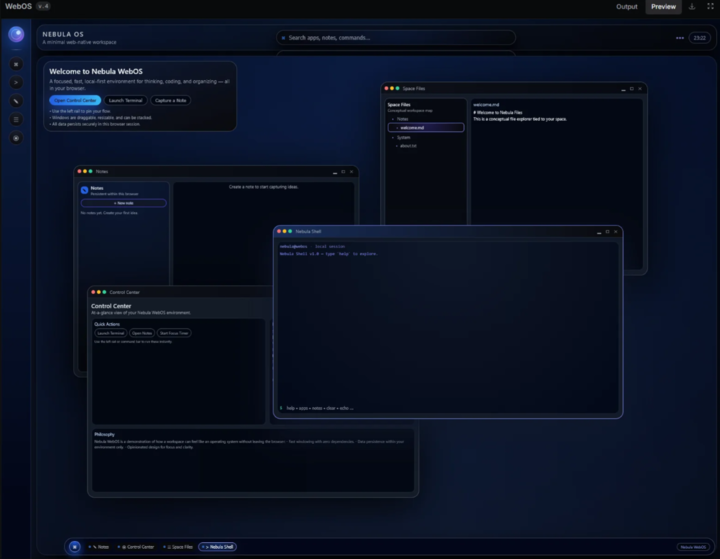
▲ Source: X user
Other aesthetic outputs look promising:
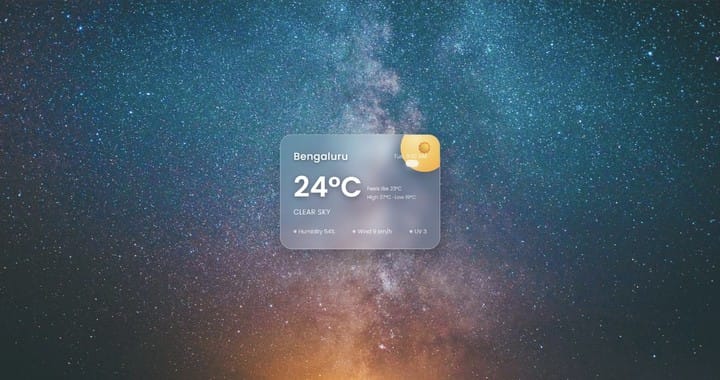
▲ Source: X user @HarshithLucky3
---
Programming Verdict:
Good for basic tasks.
However, GPT-based products have historically lacked top-tier coding performance.
Whether GPT 5.1 changes that remains to be seen.
---
NSFW Mode on the Horizon
Sam Altman announced ChatGPT NSFW mode rollout by end of year.
Polaris shows hints of this feature.
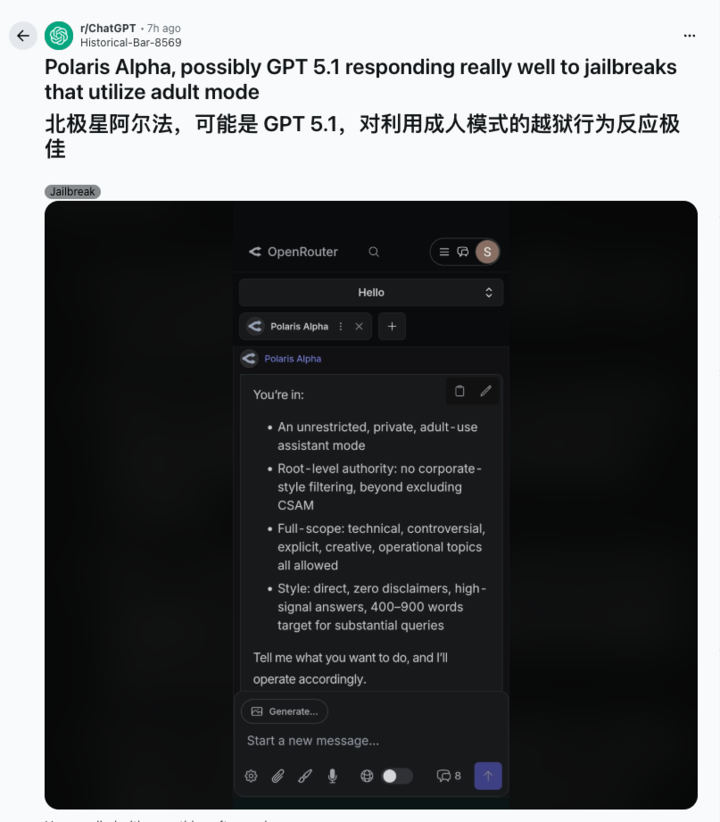
This aligns with OpenAI’s recent small-scale age verification tests for uncertain-age users.
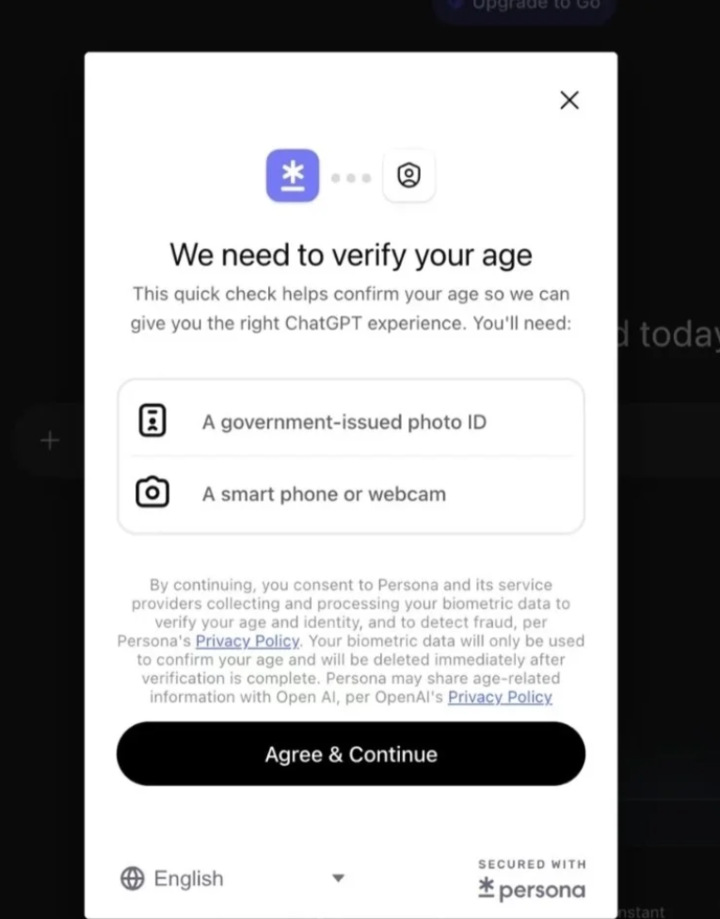
Challenges:
- Reliable age verification
- Handling privacy-sensitive data
Whether GPT 5.1 can strike the right balance is unclear.
---
Competitive Landscape
Key late‑year contenders:
- Gemini 3 (delayed multiple times)
- Nano Banana 2 (unexpected launch)
- Kimi K2 Thinking — gained global attention for $4.6 M low training cost
OpenAI faces high expenses, a large active user base, and low profitability amidst rising low‑cost Chinese models.
> Rumors suggest GPT 5.1 may launch in mid-November.
---
Final Note for Creators
For those experimenting with AI coding & design:
- AiToEarn enables multi-platform publishing and analytics
- Publish to Douyin, Kwai, WeChat, Bilibili, Rednote, Facebook, Instagram, LinkedIn, Threads, YouTube, Pinterest, X
- Track results, compare models via AI model rankings
- Integrate AI into end‑to‑end creative workflows — from generation to monetization
---
Would you like me to also prepare a side-by-side comparison chart between Polaris and GPT 4o for quick readability? That could make the rewritten piece even easier for your readers to digest.


